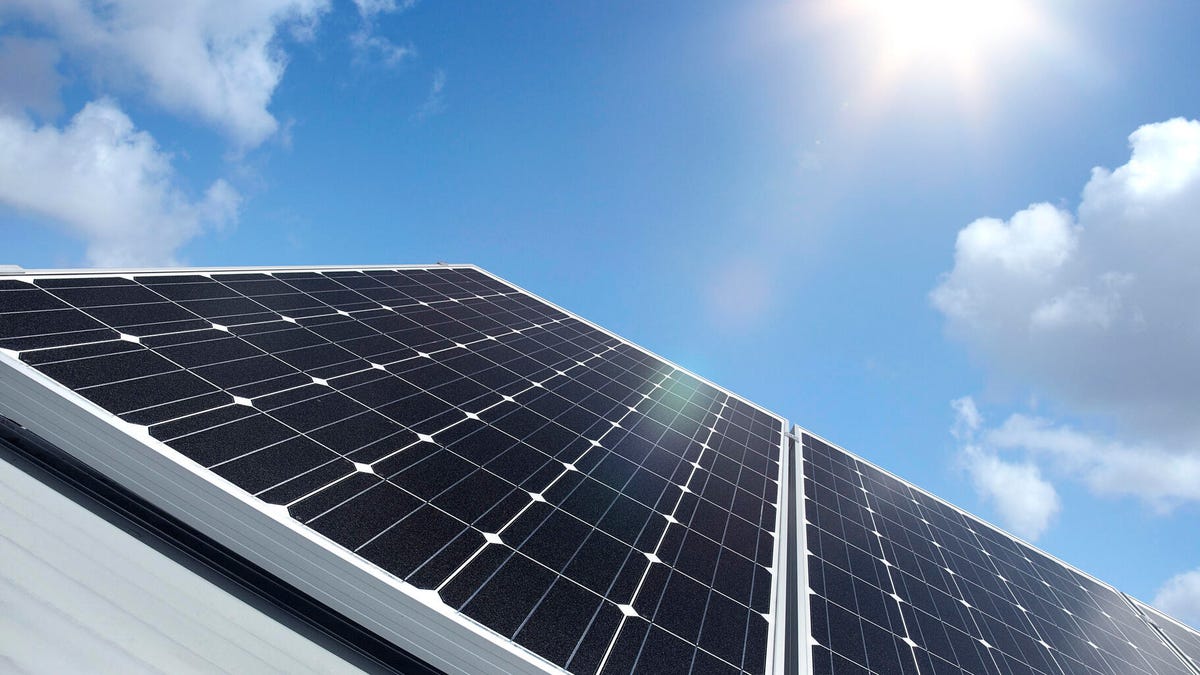The nameplate wattage of solar panels is determined under ideal conditions that do not reflect real-world applications. For example, a 360 W panel may operate closer to 300 W when installed on a rooftop with average sunlight conditions. Below are some of the factors that affect the energy production of a solar panel.
Amount of Sunlight Exposure
Solar panels generate more electricity when they get more hours of direct sunlight. Assuming you compare PV systems of the same size, you can expect higher productivity in sunny states like California. You can use the World Bank Global Solar Atlas for an idea of the sun hours available in your location.
Ambient Temperature
Increased sunshine makes solar panel systems more productive, but high ambient (air) temperatures can have a detrimental effect. High heat can temporarily reduce the ability of PV cells to convert sunlight into electricity.
Solar panels have a temperature coefficient, which describes how much power their cells lose per Celsius degree as the panel heats up. Most solar panels have a temperature coefficient of around -0.3% to -0.5% per °C. This means a temperature rise of 10°C will cause a power loss of around 3% to 5%.
Solar Battery and Inverter Efficiency
A solar panel system includes other components, such as inverters and batteries. The inverter is necessary since it converts the DC power (direct current) generated by solar panels into the AC power (alternating current) used by home appliances. Battery storage is optional in grid-tied solar systems, but necessary for off-grid systems.
These devices waste some of the power your system generates since they are not 100% efficient, but you can find inverters and battery systems with an efficiency of over 95%. Although this represents a small loss, it is worth considering when designing a solar energy system.

Post time: Aug-15-2023

